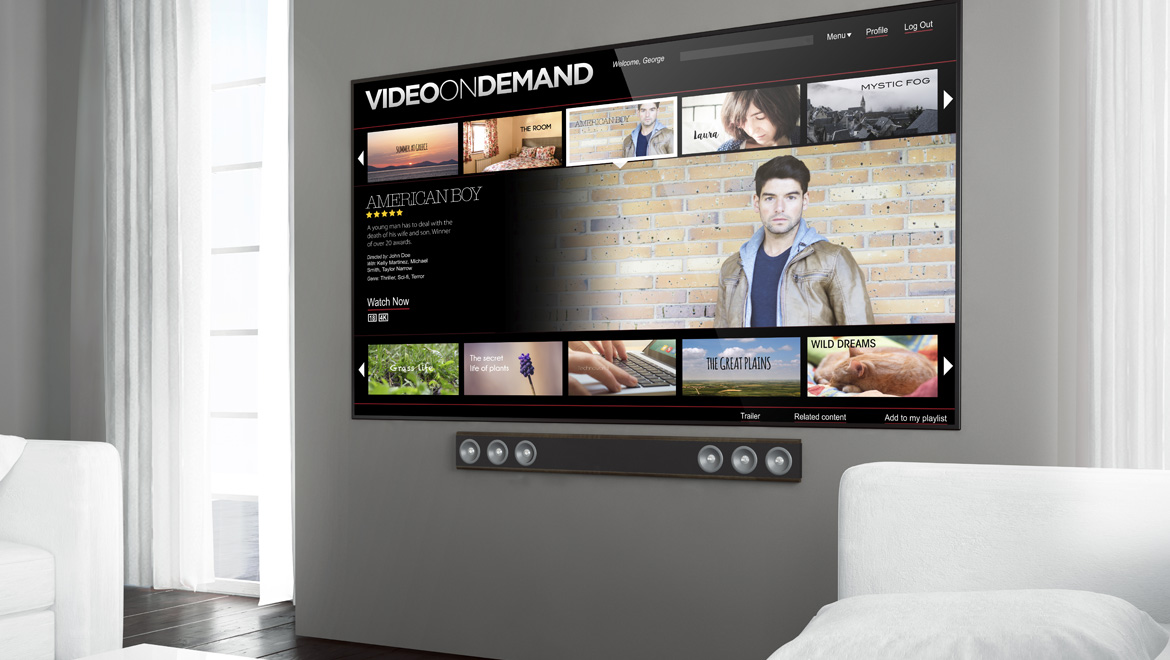PRESS AND NEWS CENTER
Technicolor’s Bart Vercammen Comments on the State of VDSL2 and G.fast

As the industry gathered at the INTX conference in Boston to grapple with the challenges of providing higher broadband speeds and better customer experiences to the home, a growing number of executives are taking a hard look at two important next-generation broadband technologies: Very-High-Bit-Rate Digital Subscriber Line 2 (VDSL2) and G.fast.
“Operators are under pressure to increase performance of home networking,” according Bart Vercammen, Vice President of Product Management at Technicolor. As a result, new technologies are emerging to support service providers in the quest to meet growing customer demand for more robust home-delivered services. Both VDSL2 and G.fast are viable approaches for service providers.
“VDSL2 has been around for the last couple of years and it has been adopted by a number of telecom operators,” Vercammen said. “We can say that VDSL2 is quite mature in terms of technology. VDSL2 is evolving to increase the speeds inside the copper wire through vectoring and is experiencing massive deployment throughout the world.”
G.fast, on the other hand, is relatively new – but rapidly evolving – with chip sets and early standardized elements of G.fast already in place.
“G.fast is a technology that is in the trial stage,” Vercammen says. “It is being used by a number of telecom operators, mostly to try out in lab conditions – though in some cases there are live deployments – to see what the technology can deliver.”
Each technology brings distinct challenges and opportunities depending on service providers’ strategies and markets – with speed and distance being two major considerations.
“With VDSL2, you typically are bound to a maximum of about 300 meters in fiber-to-the cabinet deployments,” Vercammen explained. “The evolution of ADSL to VDSL has brought the speeds up to between 25 megabits to 100 megabits in the downstream. G.fast will increase that speed from 100 megabits to 1 gigabit – however the distance limits are only 30-to-40 meters from customers’ homes,” he says.
Technicolor is focused on pushing the industry toward interoperability that these standards can be adopted faster.
“We are involved in the interoperability programs and our technology is being used as reference customer premises equipment (CPE) for those tests,” Vercammen says. “We are working with operators as well as standards bodies to develop these technologies. We are making the essential investments in equipment that advances those technologies so the early market adopters can start deploying our product.”
To hear Vercammen’s candid thoughts on this issue, listen below: